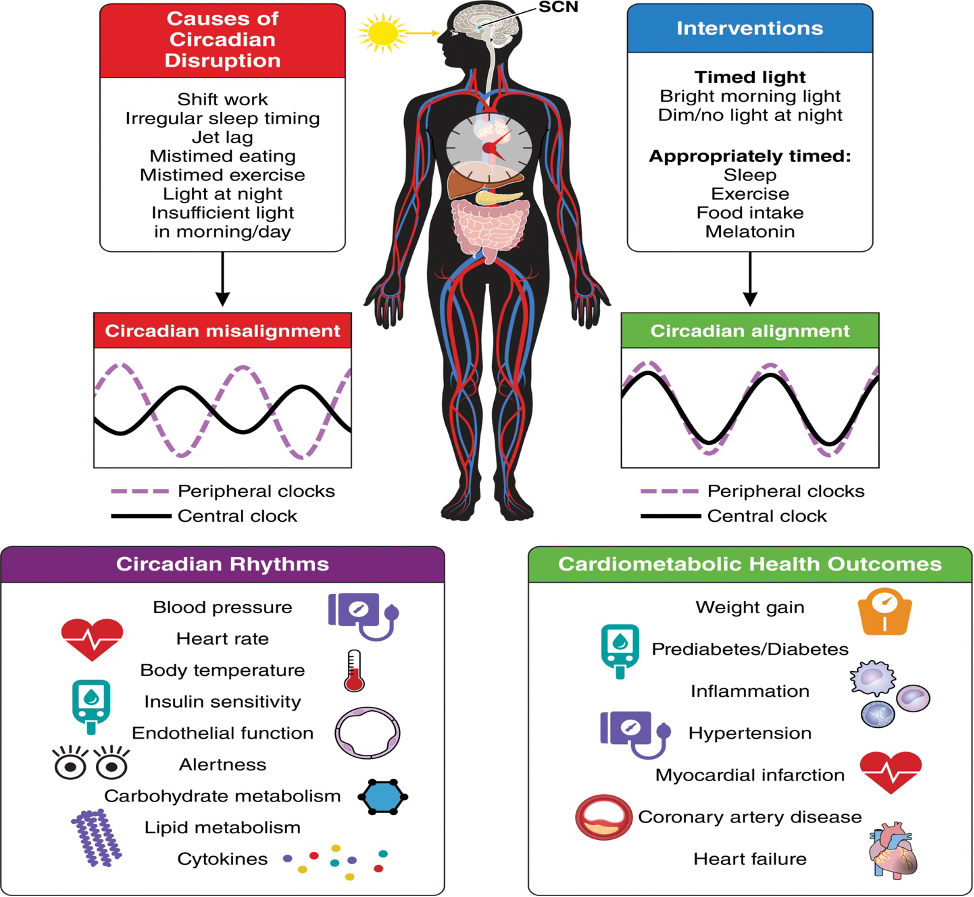Covid-19 Update: Vaccine Update
Hello again everyone:
This blog is about the upcoming vaccines and what you need to know. To put things into a proper perspective so that we all have realistic expectations, you should really take the time to read these two articles:
While this second article is pretty long, you will benefit to read it as it is fascinating and gives a really great bunch of insights and overviews of vaccine development history and how that plays into the current pandemic…a nice dose of reality to help make sure we have appropriate expectations is good medicine:
Prtinent Points that you need to be aware of in terms of what it will take to get any vaccine made, analyzed properly, production, distribution, availability, time-line issues:
- The need to scale up manufacturing capacity to levels never seen before
- Some vaccines require shipping at below zero temperatures
- Estimates are that doses will be available for 20% of the global population by the end of next year
- Distribution capabilities now are far below what will be needed
- Vaccines cannot be administered to millions of people quickly
- Administration of vaccines will require qualified & trained people with oversight
- Accumulating sufficient safety and efficacy data will extend through 2020 and probably into next year, report vaccine experts
- Deciding who gets the vaccine first (high risk populations), plus this vaccine will require two dosages a month apart (estimated 300 million dosages needed initially)
- Uncertainty about how many will need to be vaccinated or have had the virus in order to achieve ‘herd immunity’
- Deciding when the pandemic is over and the virus becomes endemic (like the flu is now) and what to do going forward
Not only that, please read what the vaccine experts say about what to expect:
“ Once manufacturing and distribution are complete, Americans would still not be safe from the disease, experts cautioned. The vaccines are unlikely to protect against shedding, Offit said; vaccinated people may still get mild or asymptomatic infections, and thus shed the virus and possibly spread it to others. “People who are vaccinated still need to wear masks and that’s going to be a hard message to send,” Offit said. “You may take a step backwards.”
Said Bar-Zeev: “The community expects this is going to go away when we have a vaccine, and it might not.”
Still, when would we have that vaccine? Aronoff considers the end of 2020 to be “an uphill battle.” He could see a scenario in which the FDA issues an emergency use authorization for use by just one group of at-risk people and a subset of American hospitals, following CDC guidelines.
But: “It’s hard to imagine that that isn’t somewhat just for show,” he said.
Could that happen by Nov. 3? “I hate to say it’s impossible,” Aronoff said. “I’d like to see a safe and effective vaccine sooner rather than later, but it’s really hard for me to imagine large-scale manufacturing and distribution of a vaccine that we know is safe and effective before the end of October.”
It will be important to work with CDC and the World Health Organization, Aronoff said, noting the disease continues to spread globally. In addition, the IFPMA noted that most vaccine production occurs in Europe.
“It’s a perfect storm of issues. We really have to get it right,” Bar-Zeev said. “To use an average product in a sub-optimal way would do a lot of harm.”
Bottom Line: It May Not Be a Good Idea to Put All of Your Eggs in One Basket…that is, waiting for the vaccine may not be your best single strategy… and this simply means that it is still extremely important to become as metabolically healthy as possible to reduce your risk of infection as well as possibly lowering the severity and duration. And because of the roll-out time until a vaccine becomes available, it means that you STILL HAVE TIME to create a lifestyle that improves your overall metabolic health…which, by the way, may help increase the efficacy of a vaccine. Using a quote from the above link to the New Yorker article:
“ There are lots of ways to fight back against SARS-CoV-2 and COVID-19, the disease it causes. We can limit the virus’s spread in the population at large; we can also build barriers against infection for at-risk people, such as caregivers or essential workers, in particular. We can devise therapies that prevent the newly infected from getting worse, and we can create interventions that target the sickest and give them a fighting chance. By surrounding the virus in this way, we can make it less contagious and lethal, changing the character of the pandemic.”
In my opinion, the available science strongly supports that “surrounding the virus” should include Vitamin D, Zinc and Vitamin C, avoiding processed foods and sugar, daily exercise, good sleep habits, as well as all of the other strategies for improving immune resilience and overall health that we have gone over in my previous blogs. Making these efforts can offset some of the fear and anxiety associated with this temporary chaos/uncertainty.
We simply need to use all of the tools in the toolbox…from vaccines to vitamins…so now is the time to seriously upgrade your health as we can use this pandemic as an opportunity to jump start our return to optimal form, both as individuals and as a country.
Keep Calm…and Get Healthy!
The post Covid-19 Update: Vaccine Update appeared first on RICHMOND CHIROPRACTIC NEUROLOGY.





